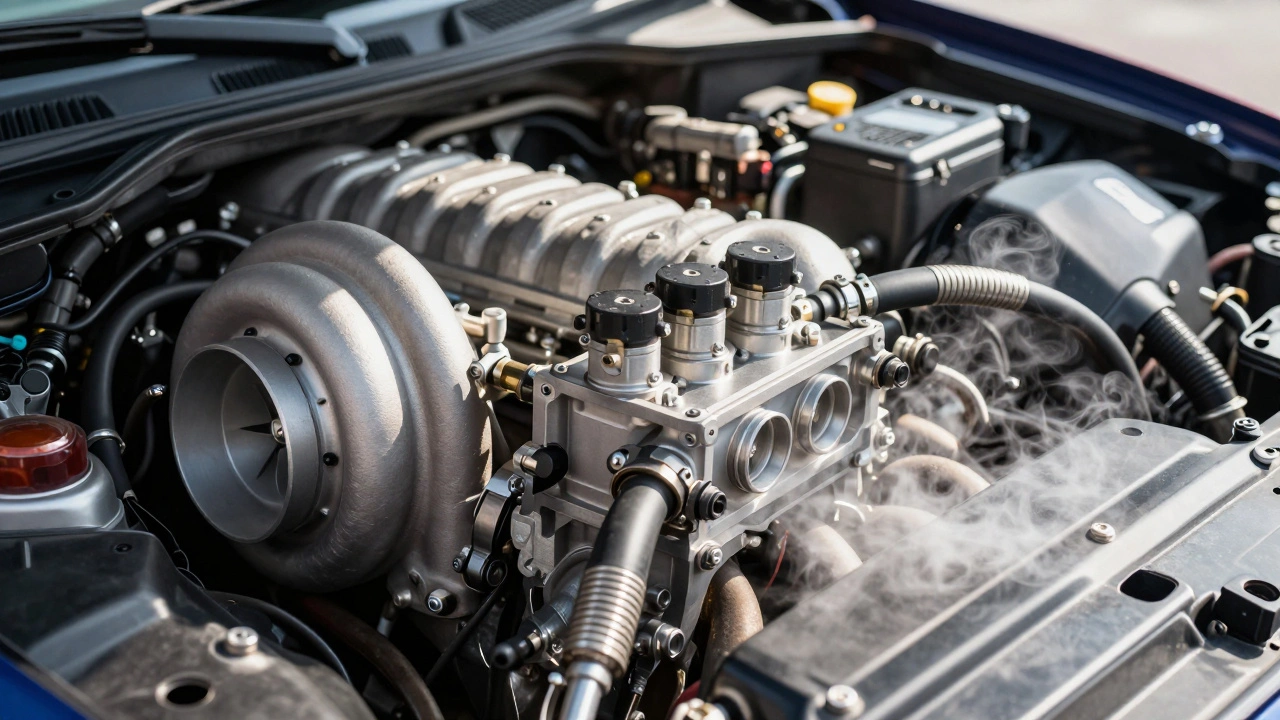Alert Systems in Cars: What They Are and How They Keep You Safe
When you hear alert systems, electronic features in vehicles that warn drivers of potential dangers. Also known as warning systems, they’re not just buzzes and beeps—they’re designed to stop accidents before they start. Think of them as your co-pilot watching the road when you’re distracted, tired, or just missed something.
These systems rely on sensors, cameras, and radar to track what’s around your car. They’re built into everything from budget sedans to luxury SUVs. Common types include forward collision warning, a system that alerts you if you’re about to hit the car ahead, lane departure warning, a feature that nudges you back if you drift out of your lane without signaling, and blind spot monitoring, a tool that lights up when another vehicle is hiding where you can’t see it. These aren’t optional extras anymore—they’re the new baseline for safety. The NHTSA found that vehicles with automatic emergency braking cut rear-end crashes by nearly 50%.
But not all alert systems are created equal. Some only give you a sound or visual cue. Others, like automatic emergency braking, actually apply the brakes for you. That’s the difference between a warning and an intervention. You’ll find these advanced versions in newer models, especially those with driver assistance packages. And while they’re great for highways and city traffic, they’re not magic. They can’t see through heavy rain or fog, and they won’t help if you’re texting. Their job is to give you a second chance—not replace your attention.
What’s interesting is how these systems connect to other parts of your car. A blind spot alert doesn’t work unless your camera is clean. A lane departure warning needs properly aligned sensors. That’s why maintenance matters. A dirty windshield or a misaligned camera can turn a lifesaving feature into a useless one. And if your car’s had a front-end repair, those sensors might need recalibration. It’s not just about having the tech—it’s about keeping it working right.
Below, you’ll find real-world posts that break down how these systems affect your daily driving, what to check during a test drive, how they tie into insurance claims after an accident, and even how they’ve changed what buyers look for in a new car. Whether you’re shopping for a vehicle, trying to understand why your car keeps beeping, or just want to know what’s actually helping you stay safe, these articles cut through the noise.

Driver Monitoring: Drowsiness Detection and Alert Systems
- 14 Comments
- Oct, 18 2025
Driver monitoring systems use cameras and sensors to detect signs of drowsiness and alert drivers before they crash. Learn how these life-saving features work, who benefits most, and why they’re becoming standard in new cars.




